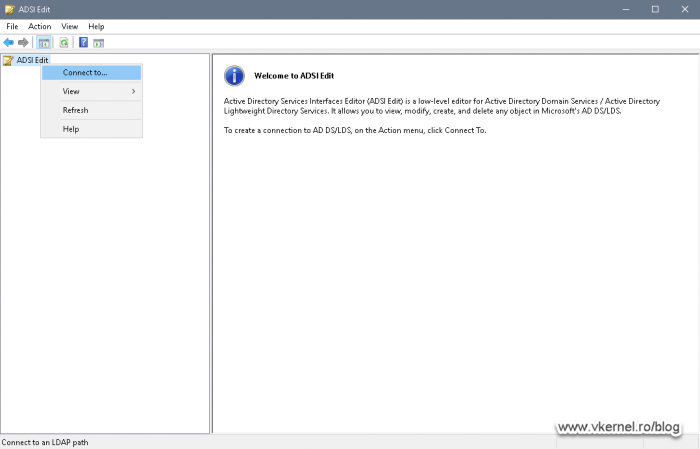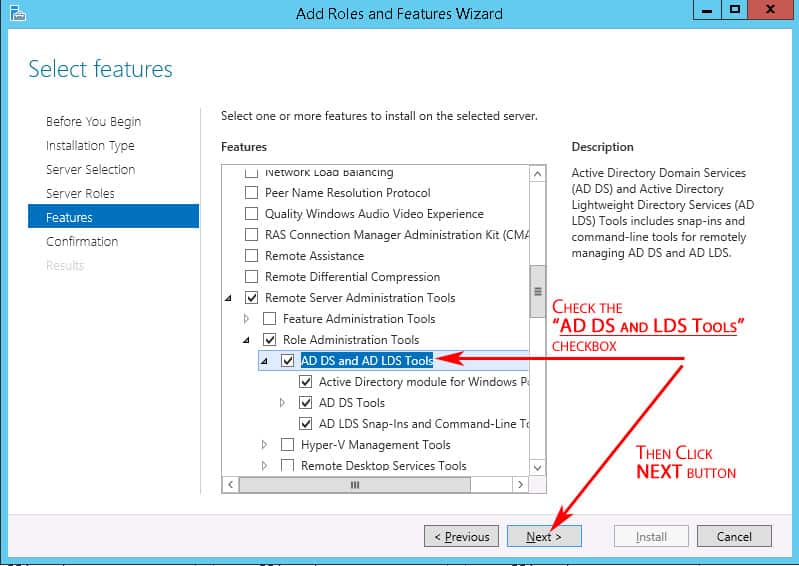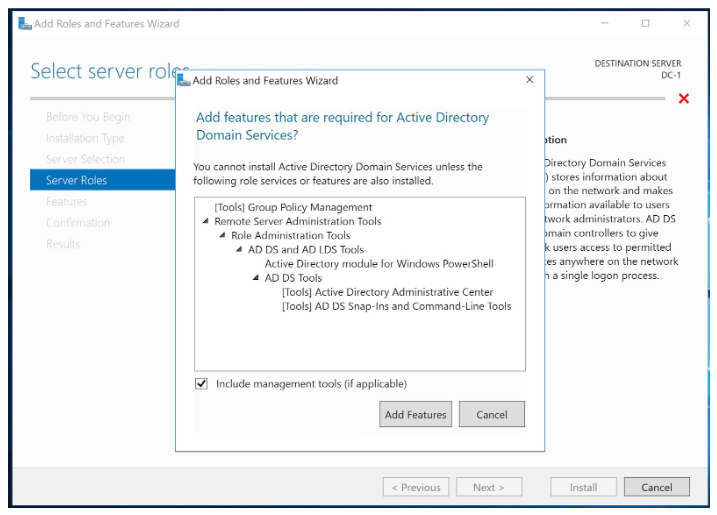

- #WHY IS IT NOT RECOMMENDED TO INSTALL ACTIVE DIRECTORY DOMAIN SERVICES (AD DS) ON CLUSTER NODES? UPDATE#
- #WHY IS IT NOT RECOMMENDED TO INSTALL ACTIVE DIRECTORY DOMAIN SERVICES (AD DS) ON CLUSTER NODES? SERIES#
- #WHY IS IT NOT RECOMMENDED TO INSTALL ACTIVE DIRECTORY DOMAIN SERVICES (AD DS) ON CLUSTER NODES? WINDOWS#
#WHY IS IT NOT RECOMMENDED TO INSTALL ACTIVE DIRECTORY DOMAIN SERVICES (AD DS) ON CLUSTER NODES? SERIES#


We’ve been over the majority of the new features in Active Directory Domain Services on this blog before, so now it’s time to talk about the implications on support policies. Windows Server 2012, in Active Directory terms, is a big step forward. Placement of Active Directory Domain Controllers requires additional consideration, especially in Hyper-V Failover Cluster scenarios where Active Directory membership for the cluster nodes is strictly needed. (There are no behavioral changes from Windows Server 2003-based DNS integration with Active Directory.) The following DNS-specific application directory partitions are created during AD DS installation:Ī forest-wide application directory partition, called ForestDnsZonesĭomain-wide application directory partitions for each domain in the forest, named DomainDnsZonesįor more information about how AD DS stores DNS information in application partitions, see the DNS Technical Reference.Designing and implementing an Hyper-V environment can be challenging.
#WHY IS IT NOT RECOMMENDED TO INSTALL ACTIVE DIRECTORY DOMAIN SERVICES (AD DS) ON CLUSTER NODES? UPDATE#
Secure dynamic updates allow an administrator to control what computers update what names and prevent unauthorized computers from overwriting existing names in DNS.Īctive Directory-integrated DNS in Windows Server 2008 stores zone data in application directory partitions. A separate DNS zone transfer topology is not needed. Therefore, any domain controller in the domain running the DNS Server service can write updates to the Active Directory-integrated DNS zones for the domain name for which they are authoritative. Multiple masters are created for DNS replication. This simplifies the process of deploying DNS and provides the following advantages: In this way, it is not necessary to configure a separate DNS replication topology that uses ordinary DNS zone transfers because all zone data is replicated automatically by means of Active Directory replication. Applies to: Windows Server 2022, Windows Server 2019, Windows Server 2016, Windows Server 2012 R2, Windows Server 2012ĭomain Name System (DNS) servers running on domain controllers can store their zones in Active Directory Domain Services (AD DS).


 0 kommentar(er)
0 kommentar(er)
